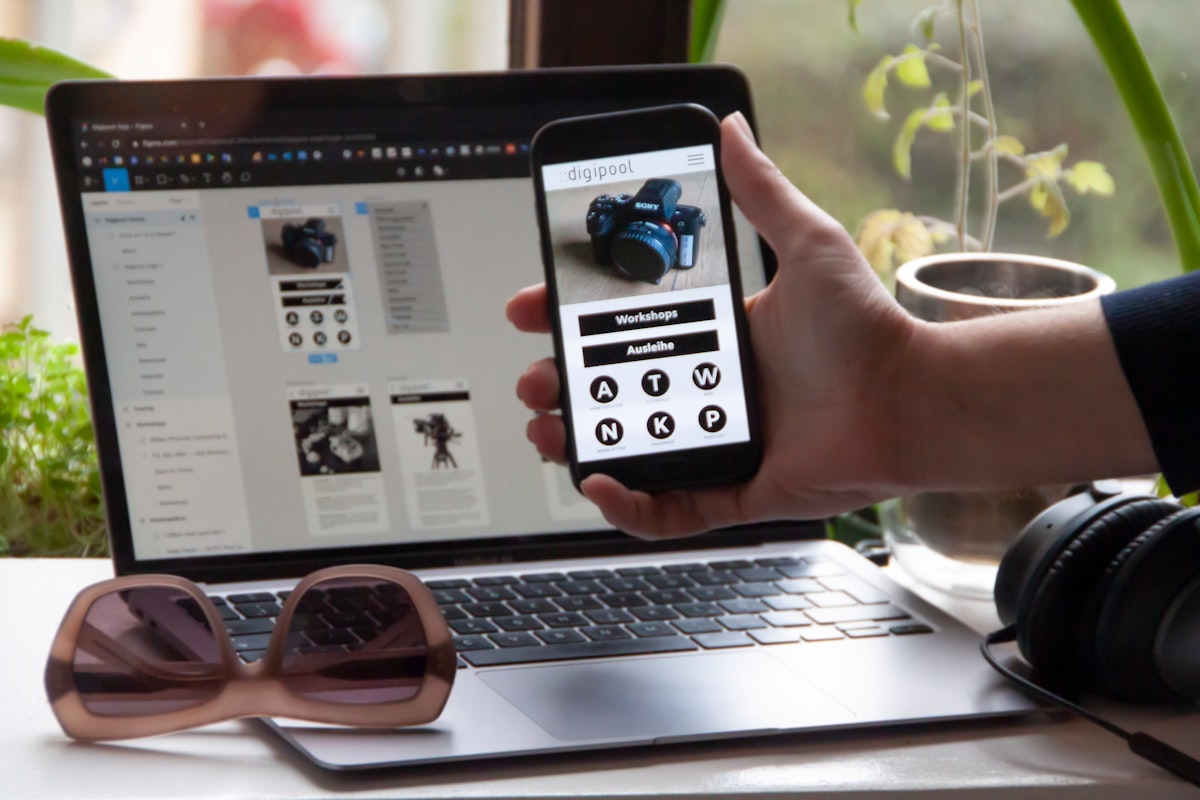Best Practices for designing User Interfaces

Based on our combined experience of 45+ years, here are some best practices for designing user interfaces:
- Keep the interface simple and uncluttered. This means using clear and concise labels, avoiding unnecessary visual elements, and making sure the most important information is easy to find.
- Make sure the interface is consistent. This means using similar styles, layouts, and interactions throughout the product to create a cohesive experience.
- Use colors and other visual cues to help users navigate the interface and understand its hierarchy. For example, you can use different colors to indicate different states (e.g. error vs. success) or to draw attention to important elements.
- Use responsive design to ensure that the interface looks good and works well on different devices and screen sizes.
- Test the interface with users to see how well it works and to gather feedback. This will help you identify any issues and improve the design before the product is released.
- Keep the interface up to date. As user needs and technology evolve, make sure to regularly review and update the design to keep it relevant and effective.
Overall, the key is to create an interface that is intuitive, easy to use, and helps users achieve their goals efficiently. By following these best practices, you can create a successful and engaging user experience.
💊
Signup to design vitamins to receive handy UI tips. 4000+ designers receive it every week!
Hit subscribe below ↓
Hit subscribe below ↓


